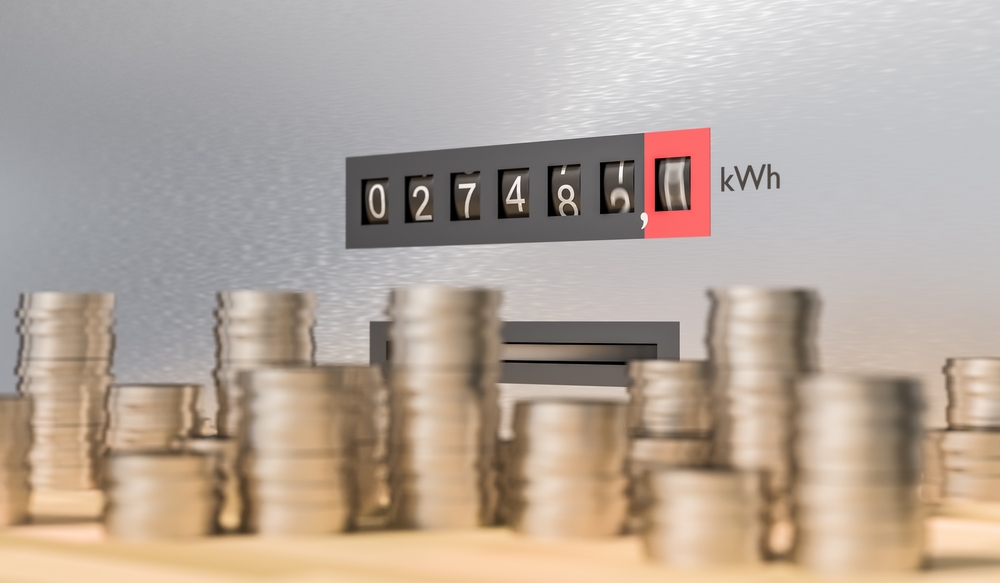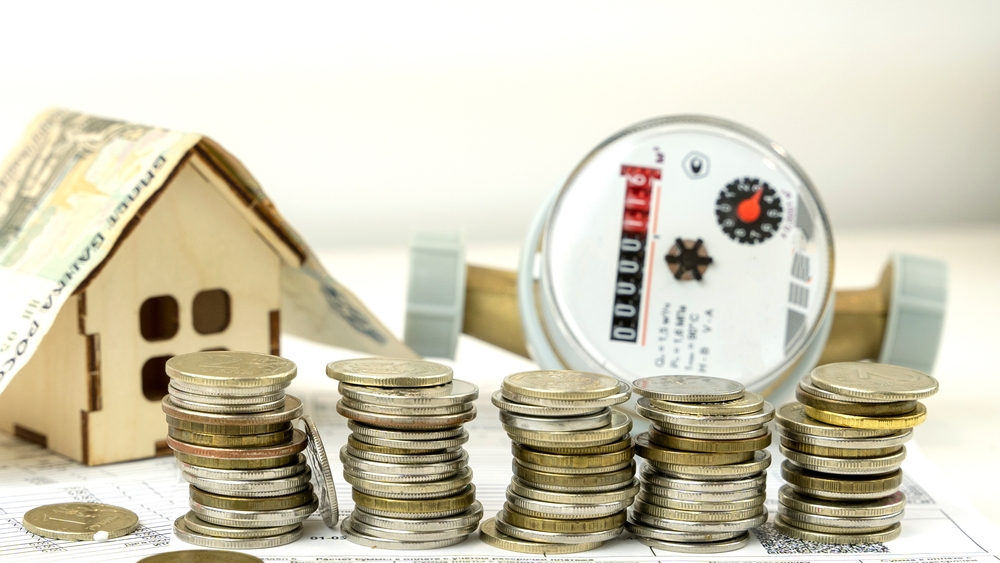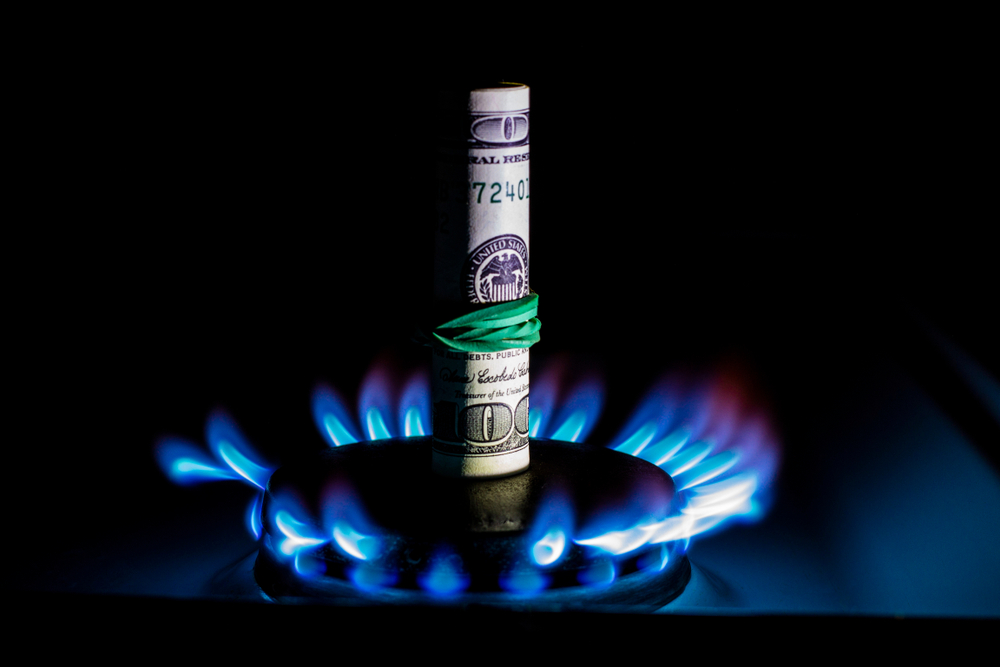Five Energy-Efficient Home Remodeling Ideas
The energy-efficiency of the home can impact the price of utility bills, but it also can add to overall energy waste. Reducing the energy use in a home is an eco-friendly decision that can help homeowners live more sustainably and reduce their carbon footprint.
Improving energy efficiency in the home can be a process. Homeowners don’t have to completely upgrade every feature in their home at once. Instead, they can take small steps to embrace a greener home. Here are five energy-efficient home remodeling ideas and simple tips to go greener, cleaner and help reduce those energy bills:
- Use a smart thermostat
- Install low flow faucets
- Upgrade insulation
- Choose energy-efficient appliances
- Swap bulbs for LED
Where’s the Waste?
Find out what energy type that the home is consuming the most to decide which projects to tackle first. Homeowners can review their utility bills to better understand their energy costs.
Many utility providers will show monthly consumption and usage trends on monthly bills. These graphs can illustrate fluctuations in electricity, water and natural gas consumption. This can be the first step in determining how to best rein in energy waste.

When Electricity is Zapping the Budget
If electricity costs seem to be high, and homeowners want to reduce their electricity use, they can focus on projects that help to decrease their consumption of this energy source.
HVAC Adjustments
Homeowners that rely on electricity to power their HVAC might look at this system first to help lower their electricity costs. Heating and cooling costs tend to dominate the energy use of the home. Cutting the energy consumed by the HVAC system could help dent the costs of heating and cooling.
Look at the thermostat. During the hot summer months, the most energy-efficient temperature for the air conditioning is 78 degrees Fahrenheit. This might seem warm to homeowners used to cooler temperatures, but adjusting the thermostat can help alleviate some of the home’s reliance on the AC.
During the cold winter days, homeowners should turn the heat to 68 degrees Fahrenheit. Remember that the more the furnace needs to work to warm the home, the higher the costs at the end of the month. Opt for layers or blankets instead of nudging up the thermostat.
Homeowners also could upgrade their HVAC to connect to the Internet of Things. This is an easy remodeling project that just requires an app download to a phone or other device. However, homeowners will need to invest in a smart thermostat.
Upgrade Appliances
When a washer/dryer, HVAC system or other major appliance suddenly reaches the end of its life, homeowners can research energy-efficient replacements. These upgraded appliances use less energy to do the same job. They save homeowners money over the life of the appliance, and some energy-efficient appliances also qualify for rebates.
Swap out the Light Bulbs
Lighting also consumes a decent amount of electricity, especially when homeowners are using less efficient types of bulbs (like incandescent). These bulbs burn hotter and waste more energy. Swap them for LED.
Don’t Keep Tumbling Those Clothes
Yes, sometimes homeowners may forget to take clothes out of the dryer. Unfortunately, the solution might be to re-tumble the clothes to take out the wrinkles. Another cycle costs money. When the alarm goes off to warn homeowners that a load is finished drying, take those clothes out promptly.
In addition, homeowners also should be sure to keep the dryer vent clean. Not only can a clogged vent be a fire hazard, but it also can cause the dryer to work less efficiently. A dirty vent also could cause the dryer to overheat and need to be replaced.
Poor Insulation also Zaps Electricity
If the home’s insulation is subpar, the HVAC will work overtime to keep the home comfortable. One way to improve the energy efficiency of the home is to replace poor quality insulation. The home will stay cooler and warmer and homeowners won’t waste energy. The electricity bill also could be lower.

When the Water Bill Has Flooded the Budget
A higher than average water bill could point to a leak. Depending on the source of the leak, homeowners could need to repair damages to walls, in the basement, etc.
Homeowners should inspect pipes, look under sinks and feel the drywall. Leaks can present as wet spots on walls, puddles in the basement or even leaks outside. Homeowners also could hire a pro to handle an inspection if they are concerned.
However, a high water bill doesn’t necessarily mean that a leak is present. If homeowners are doing lots of laundry, taking long showers, or just wasting water in other ways, the bill will reflect this misuse.
To minimize water waste, install low-flow faucets or faucets that are motion activated. Try to limit shower time and only wash full loads of dishes and laundry.

When Natural Gas Heats Up the Budget
If the gas bill is at an all-time high or when homeowners just want to reduce their costs, they need to focus on the appliances and items in their home that use this source of energy. This could be the stove/oven, the furnace or another appliance.
Hopefully, homeowners also have ruled out any gas leaks or other issues. In the absence of a leak, homeowners can focus on nudging down their thermostat or adjusting how they use appliances.
In addition, if the furnace is working hard, homeowners might look for sources of energy leaks. They might replace windows or add insulation film over windows or they might upgrade the insulation in the attic or in walls.
When homeowners are ready to take charge of their energy use, they should review their utility bills to see what source of energy is costing them the most each month. Then they can make changes to rein in these costs.


